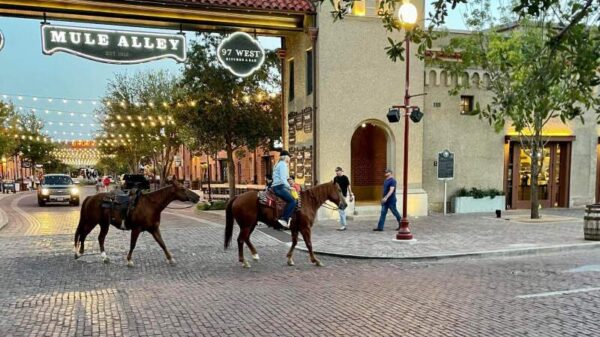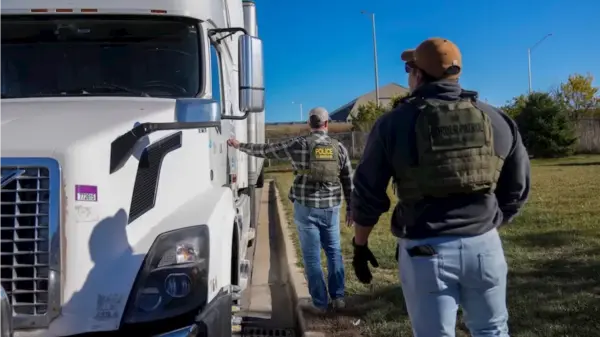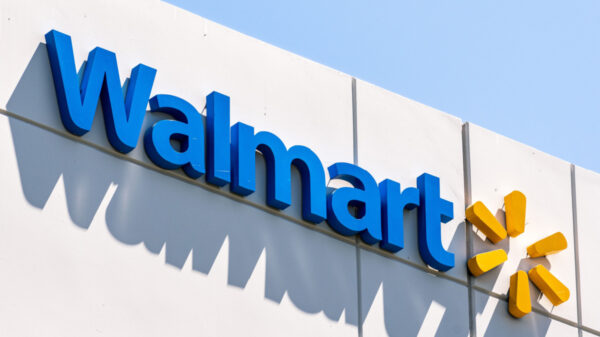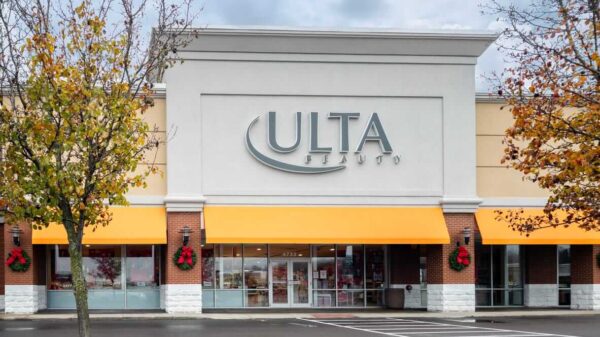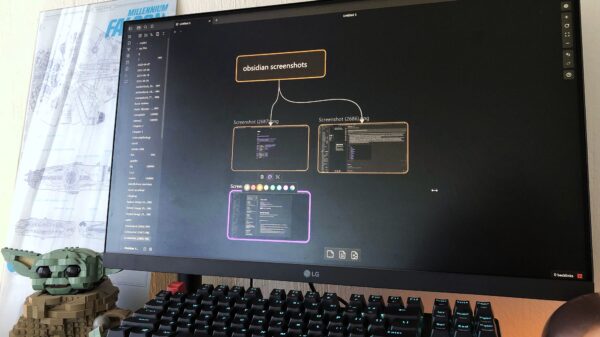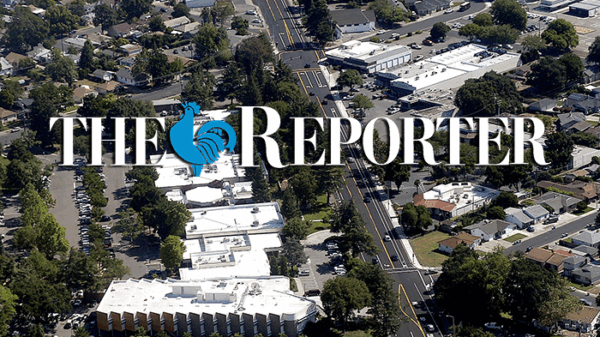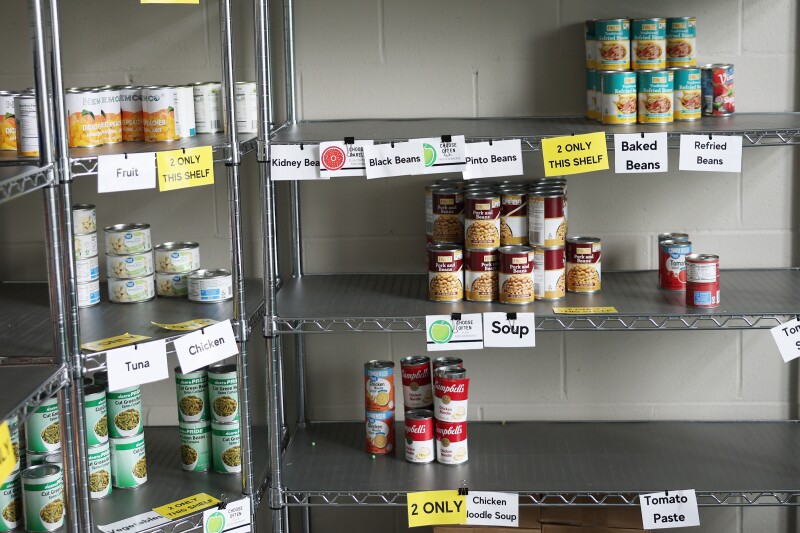As the Supplemental Nutrition Assistance Program (SNAP) faces a potential funding lapse, food pantries in the Grand Forks area are preparing for an anticipated surge in demand. If the government shutdown persists beyond November 1, 2023, thousands of North Dakotans relying on SNAP benefits may find themselves unable to access critical funds for purchasing food.
Mark Miller, executive director of the Hope Church Community Care Center and Food Pantry, reported an increase in inquiries from community members concerned about the potential interruption of SNAP funding. “We are seeing an increase in the phone calls people are making to make appointments to come and shop for food,” Miller stated. The pantry typically serves around 350 households each month, sourcing most of its supplies from the Great Plains Food Bank and local donations.
Miller emphasized that if the shutdown continues, the pantry will do its utmost to serve the community, while also being prepared to refer individuals to other food pantries if necessary. “We distribute a list of those to people who need it, and we’ll certainly continue to share food with other pantries,” he explained.
While some pantries are already feeling the pressure, others, like the Emerado Community Food Pantry, have not yet seen significant changes in their traffic. Jake Lanes, the fire chief and a key figure in running the pantry, mentioned that the limited operating hours might contribute to a lack of noticeable demand. The pantry is open only once a month or by appointment, serving around 40 to 50 families monthly, many of whom are connected to the nearby Grand Forks Air Force Base.
Lanes noted that during government shutdowns, military families often face financial challenges, leading them to seek assistance. “We’ve seen it before where they’re not getting their paychecks as they normally would, so they’re coming over and grabbing what they can,” he said.
The potential lapse in SNAP funding is part of a broader trend of growing demand for food assistance. Susie Novak Boelter, executive director of the North Country Food Bank in East Grand Forks, reported a steady increase in distribution over the past two years, including a 16% rise in 2023 alone. Her organization supplies food to numerous food shelves and community programs across northwest and north central Minnesota.
During a recent meeting with agency partners, Novak Boelter expressed concern over the implications of a possible funding gap. “In addition to having record-high distribution numbers and client visits, we now have federal and civilian employees who are not receiving full paychecks, coupled with those losing SNAP benefits,” she noted. The North Country Food Bank plans to maximize food supplies for its partners and may implement mobile distributions in areas experiencing heightened need, though Novak Boelter acknowledged the uncertainty of the situation.
“It’s really an unknown,” she said. “I’ve been here 19 years and I’ve never really seen anything quite like this.”
As food pantries gear up to confront the challenges ahead, community collaboration and support will be essential to meet the increasing demands for assistance.










